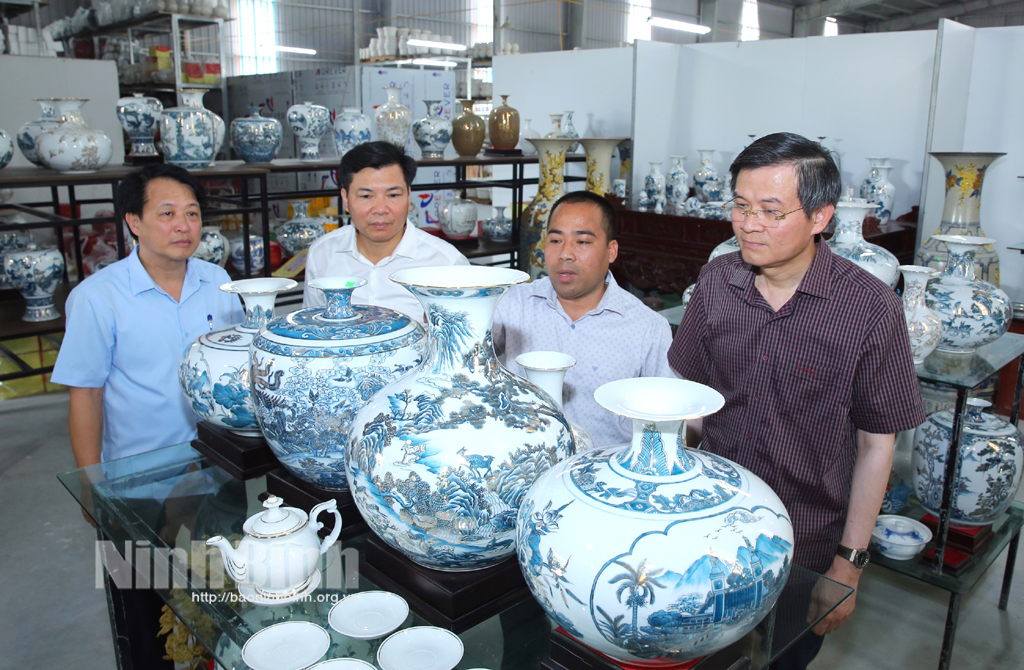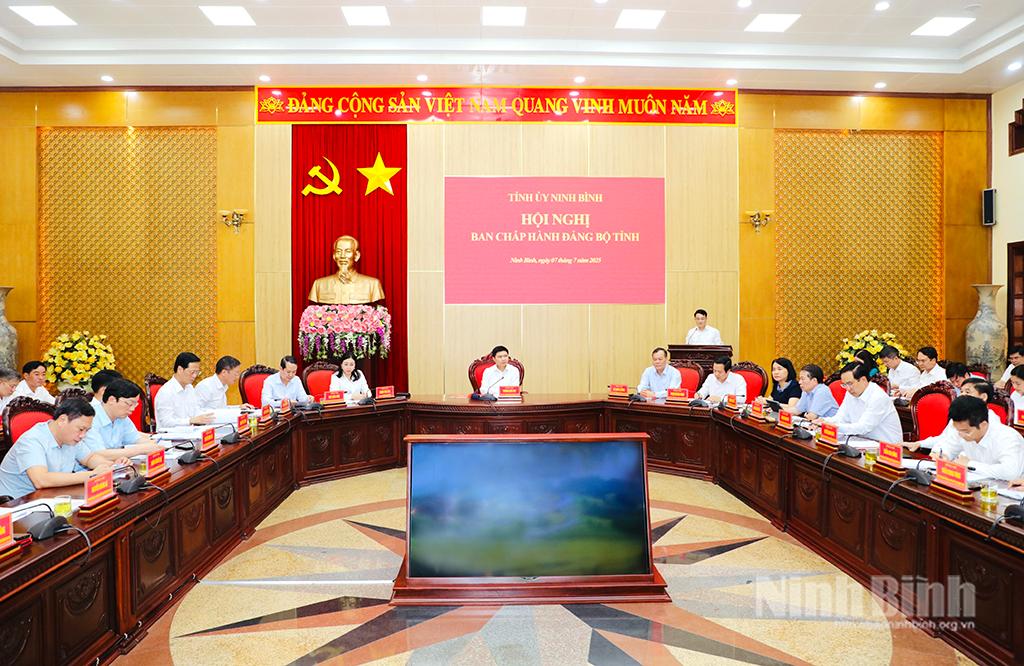Ninh Binh works to revive Bo Bat ancient pottery village

Ninh Binh is an ancient land, where prehistoric people lived in limestone caves with many material creations, including terracotta pottery. Ancient artifacts discovered at the Man Bac archaeological site in Yen Mo district's Yen Thanh commune have reflected a brilliant culture and an important part of the prehistoric pottery peak in the northern region. The pottery village developed strongly under the Dinh and Early Le Dynasties when pottery products were used to build architecture buildings.
According to history records, 1,000 years ago, Bo Bat pottery village (now Bach Lien village in Yen Thanh commune) was famous for its unique white pottery products. In 1010, when King Ly Thai To moved the capital from Hoa Lu, Ninh Binh, to Thang Long (now Hanoi), some local artisans followed him to produce pottery products to serve the court and people. They settled in a new land along the Red River and established Bat Trang ceramics craft village as today.
After nearly a thousand years of being lost, with enthusiasm of local people, local authorities and businesses, the pottery village in Ninh Binh has been restored. With preferential loans, and support from the One Commune One Product (OCOP) programme, the once renowned Bo Bat pottery village has regained its position.
In the coming time, Ninh Binh will issue policies to preserve and develop the Bo Bat pottery craft, towards building a Bo Bat pottery museum, forming a cultural heritage complex that preserves the craft, serves sustainable tourism development, adds value to the traditional occupation, and creates stable jobs for local people.
Promoting the value of the local pottery villahe has helped preserve the precious heritage, utilise them for economic development in a sustainable way, and enhance the value of the local traditional craft villages.
Translated by Nguyen Thuy


